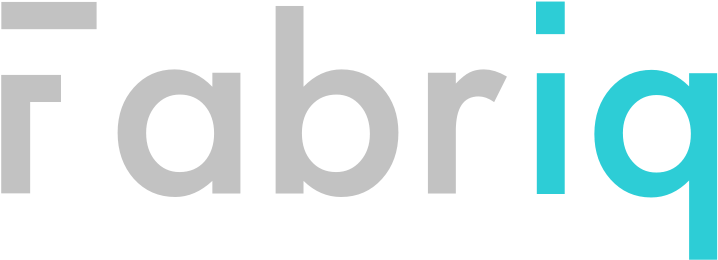
In March, we were honoured to be selected by Microsoft and the Social Tech Trust to participate in the 2021 edition of their AI for Social Impact (AI4SI) programme
AI4SI consists of multiple tracks, including a Tech Track that focuses on how AI and Microsoft’s Azure platform can be used to develop applications designed to deliver positive social or environmental impact. After completing a three-day virtual hack alongside the Microsoft team and other startups in June, we thought this would be a good time to share our experience.
Tech Track overview
The Microsoft team has been providing us with plenty of support throughout the programme’s Tech Track. From sessions on the latest in AI technologies to what it means to use AI responsibly and ethically and dedicated office hours, we were able to get answers to specific questions quickly with help from the Microsoft team. Microsoft was also kind enough to provide us access to all their tools and products free of charge, which is a nice perk and a big help as it has been allowing us to learn how the tech works firsthand.

In particular, through the AI4SI programme’s Tech Track, we have been able to:
- Develop a fundamental understanding of how Azure and other Microsoft technologies and products work
- Dive deeper into specific areas (e.g., application of AI) with help from Microsoft architects and experts
- Apply what we have learned and develop a proof-of-concept application via a 3-day hack sponsored by Microsoft
With support from Microsoft and a sandbox for us to experiment with the technologies, we were set up to explore how some of the technologies can be applied with industry best practices in mind to solve interesting problems for Fabriq OS end users.
Detecting anomalies with AI
After receiving an introduction to the services and technologies available, we wanted to dive deeper into the Cognitive Services offering in particular, specifically the Anomaly Detection service. We saw the potential of it being used within the Fabriq OS platform to analyse energy-consumption patterns and automatically and proactively identify potential anomalies so that energy wastage can be minimised.

Pic. 1 - Azure Cognitive Services
The service can support univariate analysis, which involves a single series of data, as well as multivariate analysis, which can involve multiple data series like temperature readings and occupancy data. This is great as it would allow us to run tests for both types of analyses.
To put it altogether, we also looked into using other Azure Cloud Services as well as tools like Data Factory, Synapse, and Power BI. This is how we defined the workflow of our proof-of-concept project:

Pic.2 - Project Workflow
With the concept developed, we were put to the test to attempt to build an application during an intensive 3-day hack in June.
Results and findings
It took a lot of work and many hours on Teams over those three days, but we were successful in developing a proof-of-concept anomaly-detection application! We got some encouraging results from the application and a few key learnings as well.
First of all, the application gave us good results when it was used to conduct univariate analysis. It correctly detected most of the anomalies with the sample data we had, and it worked fast and provided acceptable results with high-resolution as well as low-resolution data sets.

Pic. 3 - Univariate anomaly-detection chart
Overall, this was a positive start for us.
We then used the application to conduct multivariate analyses. We noticed from the initial results that while anomalies were successfully identified, a number of false positives were also detected.

Pic. 4 - Multivariate anomaly-detection chart
Ideally, we would want the application to only detect true-positive anomalies. So while we got the service to work, we know that there is more work to be done to make the application more accurate and useful, which we want to continue looking into.
While it was great to be able to build something that works and to get some positive results, the experience also gave us some additional learnings. For example, we were able to confirm that the application was performing well and was easy to use, which is important if we do want to incorporate a similar application into our platform at a later time. We also learned of the cost of building and running an application like the one we built, which is helpful background information for future R&D projects. Specifically, we found Azure components like SQL Server, Data Storage, and Machine Learning Studio to be good to work with and that we were able to build a solution on top of these components fairly quickly. We would certainly like to look further into other tools like Synapse and Data Factory as well after the programme.
Overall, we believe that we can definitely build on what we had learned and built during the Tech Track. With some additional research and work, we could potentially integrate what we built into our Fabriq OS platform in due course, which is exciting and what we had hoped to be able to confirm when we started this programme. It was also a great opportunity to work alongside other startups in the programme and to exchange ideas. And of course, many thanks to Microsoft again for the opportunity and the support! By all means, please reach out if you would like to find out more about what we have been working on with Microsoft as well as the latest Fabriq OS updates.

